How to Use a Wet Dry Vac for Water — the Definitive Guide
A freezer defrosting into a puddle across the kitchen floor is more than just an inconvenience—it's a cleanup challenge. You might instinctively reach for a mop, but a wet/dry vacuum is faster, safer, and more thorough for liquid pickup. This versatile appliance is specifically engineered to handle both dry debris and liquid spills, making it an indispensable tool for unexpected messes.
Using the right equipment is crucial; never use a standard dry-only vacuum on water. Knowing how to use a wet/dry vacuum for water safely and efficiently turns a potential disaster into a quick task. To ensure a smooth cleanup, let’s cover what to prepare before you begin.
What Should You Prepare Before Vacuuming Water?
Proper preparation is key to efficient water cleanup. Before you start, make sure you have the right equipment on hand to manage the spill from start to finish. A little setup prevents scrambling for supplies mid-task and ensures you leave the surface as dry as possible.
You will generally need three essentials:
A Wet/Dry Vacuum: The main tool to remove most of the liquid.
A Squeegee or Wiper: Helps guide water on hard surfaces to the vacuum nozzle making sure you pick up every drop.
A Towel: Great for soaking up any leftover dampness or dealing with small scattered spots the vacuum might have missed.
Safety & Setup Checks
Confirm wet mode and install/remove filters and brush head per your model’s instructions.
Keep cords and plugs away from standing water.
Have a disposal plan. Use a floor drain, utility sink, or outdoor area permitted for gray water.
Dreame Take We believe you shouldn't have to follow up with extra tools, which is why we engineer our wet dry vacuums to deliver a complete clean. With features like an intelligent, self-lowering scraper that leaves floors virtually streak-free and powerful 22,000Pa suction to lift moisture effectively, our goal is to eliminate the need for a separate wiper or towel. The vacuum should do all the work, from spill to shine.
Step-By-Step Water Removal With a Wet Dry Vac
Successful water removal follows a repeatable sequence: contain the perimeter, extract from the center, empty the tank, and finish the edges.
Step 1. Contain the Spill by Securing the Perimeter
Start by working around the spill's edges—along walls, baseboards, and around furniture. This pushes water toward the center instead of letting it seep into gaps. Keep the nozzle flat against the floor, using slow, overlapping strokes to create a dry "moat" that contains the spill for faster extraction.
Pro-tip To contain the spill better, place a folded towel along a baseboard to act as a temporary barrier and pull the vacuum nozzle inward from the towel. If you see water showing up again along a floor seam just change your approach angle and overlap your previous pass by at least a third to remove it.
Step 2. Extract Water from the Center with Slow Passes
Once the perimeter is secure, move to the middle of the spill. Use deliberate, back-and-forth passes that slightly overlap to ensure consistent coverage. As the tank fills, an internal float will rise and cut off suction—a distinct change in the motor’s pitch is your signal to stop and empty the tank.
Pro-tip For deeper puddles, first squeegee to consolidate water, then vacuum. On large areas, work in zones—extract water from one section, empty the tank, and then move on to the next to avoid carrying a heavy, full tank across wet floors.
Step 3. Empty the Tank and Polish the Surface
When suction stops or the motor pitch changes, empty the tank promptly to avoid spills. Dispose of the collected water in a floor drain or outdoors. Once the bulk of the water is gone, make a final "polish pass" over the area to lift any thin film of moisture from grout lines or seams.
Step 4. Detail Edges and Tight Spaces
For a truly dry finish, switch to a crevice tool for thresholds, under cabinet toe-kicks, and around appliance feet. Make light careful passes until the areas feel dry when you touch them. Keep in mind, a good nozzle seal works better than pushing down hard.
Step 5. Speed-Dry to Finish the Job
Even after visible water is gone, accelerate drying to protect floors and subfloors.
Run fans and open windows if conditions permit; add a dehumidifier in humid rooms.
Lift rugs/mats and use furniture coasters to protect legs.
Check back after 30–60 minutes for any re-wicked moisture and repeat quick passes if needed.
Dreame Take Low furniture and tight corners shouldn't stand in the way of a perfect clean. We built our 180° lie-flat design into select Dreame wet dry vacuums for that exact reason. This feature enables the vacuum to glide effortlessly into cramped spaces, making it easy to clean hard-to-reach areas without disrupting your room's layout.
When to Use Wet Dry Vacuum With Liquid Spills
Scenario
Wet Dry Vac?
Add-ons
Escalate When…
Clean water spill
Yes
Blot → vacuum → fans
Subfloor/padding is soaked
Sugary drinks
Yes
Extract liquid → Rinse with water & blot → Vacuum dry
Odor/stickiness persists
Pet urine (fresh)
Yes
Vacuum liquid first → Treat with enzyme cleaner
Persistent odor/large area
Small appliance leak
Yes
Fix source; dehumidifier
Multi-room saturation
Unknown/contaminated water
No
Isolate area
Call certified pros
Advanced Water Vacuuming Scenarios
To handle more complex cleanups, tweaking your approach can make a big difference. Here are some tips to tackle tricky situations well.
Large Areas
Split the area into easy-to-handle sections using barriers or natural dips. Begin with the soggiest part, and drain the container right away when you notice the float-shutoff signal (a shift in engine sound) before you move on to the next area.
Multi-Room Layouts
Go room by room starting with the wettest spot and ending with the driest. Keep a dump site close and stick to a strict "extract → empty → return" pattern to stop overfilling and spills.
Heavy Obstacles & Tight Geometry
Switch to a crevice tool for areas like toe-kicks, thresholds, and gaps around appliances. Make multiple light, overlapping passes in these tight spaces until a fingertip check confirms the surface is dry.
FAQs about Cleaning Up Water & Spills
Q: Can you use a regular vacuum for water?
A: No, never use a regular vacuum for water. It can cause electrical shock and permanent motor damage. Only vacuums specifically labeled as "wet/dry" models are designed for safe liquid cleanup.
Q: Can you vacuum other liquids with wet and dry vacuums?
A: Yes, wet/dry vacuums are built to handle various liquids like juice, milk, and even kitchen oil. Check your manual for restrictions: flammables/solvents are unsafe, and foamy/oily liquids may need a defoamer and extra hose/tank cleaning.
Q: Can you vacuum water from the carpet?
A: It is critical to check your model's specific guidelines. Many all-in-one wet/dry vacuums are designed exclusively for hard floors and should not be used on carpets, as this can damage the machine's brush mechanism and the carpet itself. Always refer to the user manual before tackling wet messes on soft surfaces. Our vacuums are optimized for superior cleaning on sealed hard floors.
Q: What can you do if your vacuum smells bad after use?
A: Odors often result from bacteria in leftover debris and moisture. You should empty and rinse the tank after each use. Many new vacuums help prevent smells with features like high-temperature self-cleaning, hot air drying, and specialized components like an antibacterial deodorizer in the used water tank. This module helps neutralize odors and inhibit microbial growth in the collected dirty water.
Conclusion
From preparing your space to executing the final "polish pass," you now have a complete, water-focused roadmap for wet dry vacuum use. The right technique—contain, extract, empty, detail, and speed-dry—protects your floors, prevents odors, and cuts cleanup time dramatically. With a methodical approach, you can handle anything from a small puddle to a multi-room incident confidently and safely.
Ready to find the perfect tool for the job or learn more cleaning strategies? Explore Dreame's innovative lineup of wet/dry vacuums and discover more expert usage tips on our blog to keep your home pristine.

















































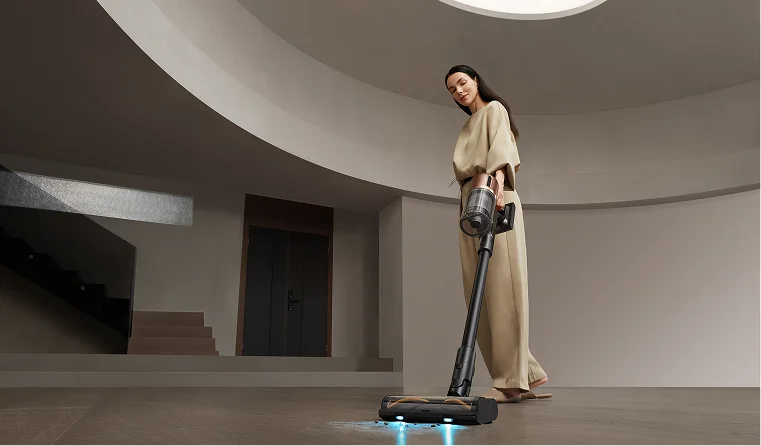
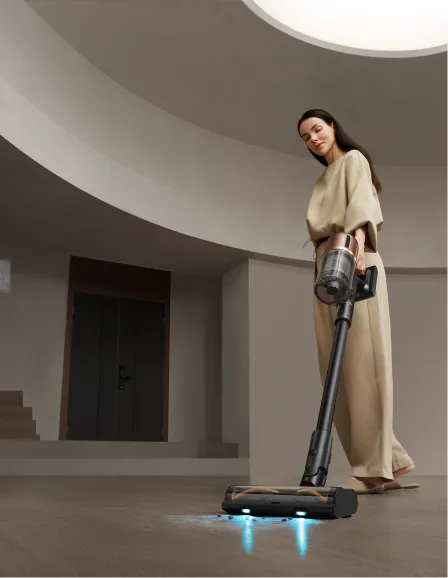
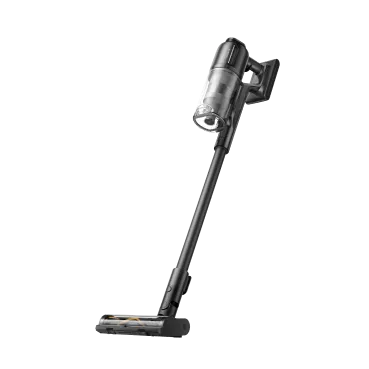
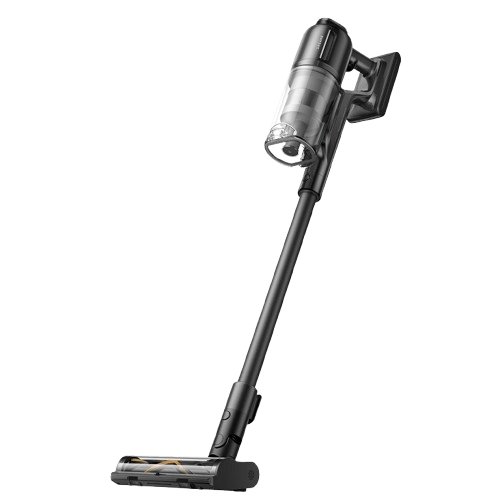
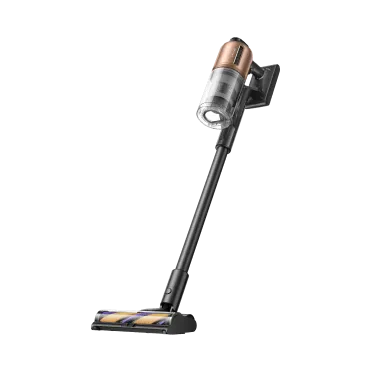
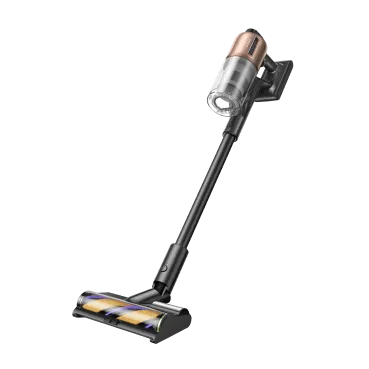
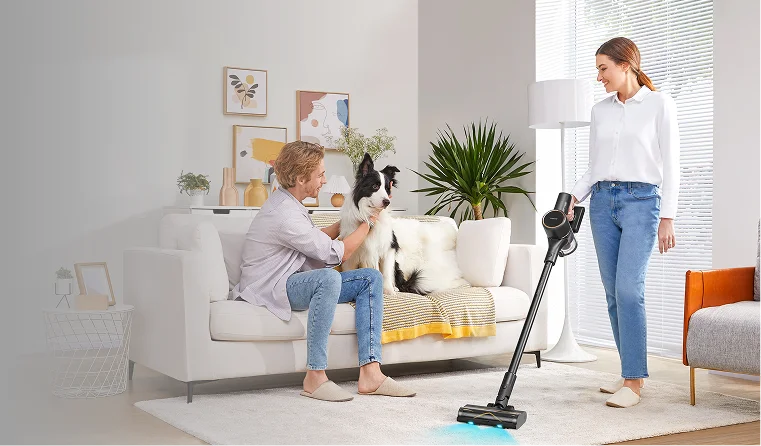
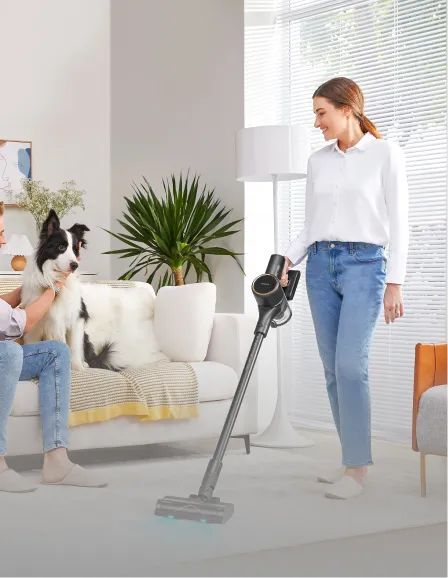

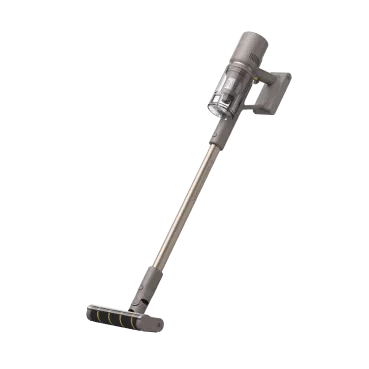






























 Australia
Australia 中国大陆
中国大陆 日本
日本


 Türkiye
Türkiye


 Italia
Italia
 Netherlands
Netherlands Belgium
Belgium
 Greece
Greece Polska
Polska
 Norway
Norway
 Sweden
Sweden
 Finland
Finland
 Denmark
Denmark
 Hungary
Hungary Czechia
Czechia
 Slovenia
Slovenia
 Croatia
Croatia
 Switzerland
Switzerland United Kingdom
United Kingdom
 Canada
Canada







